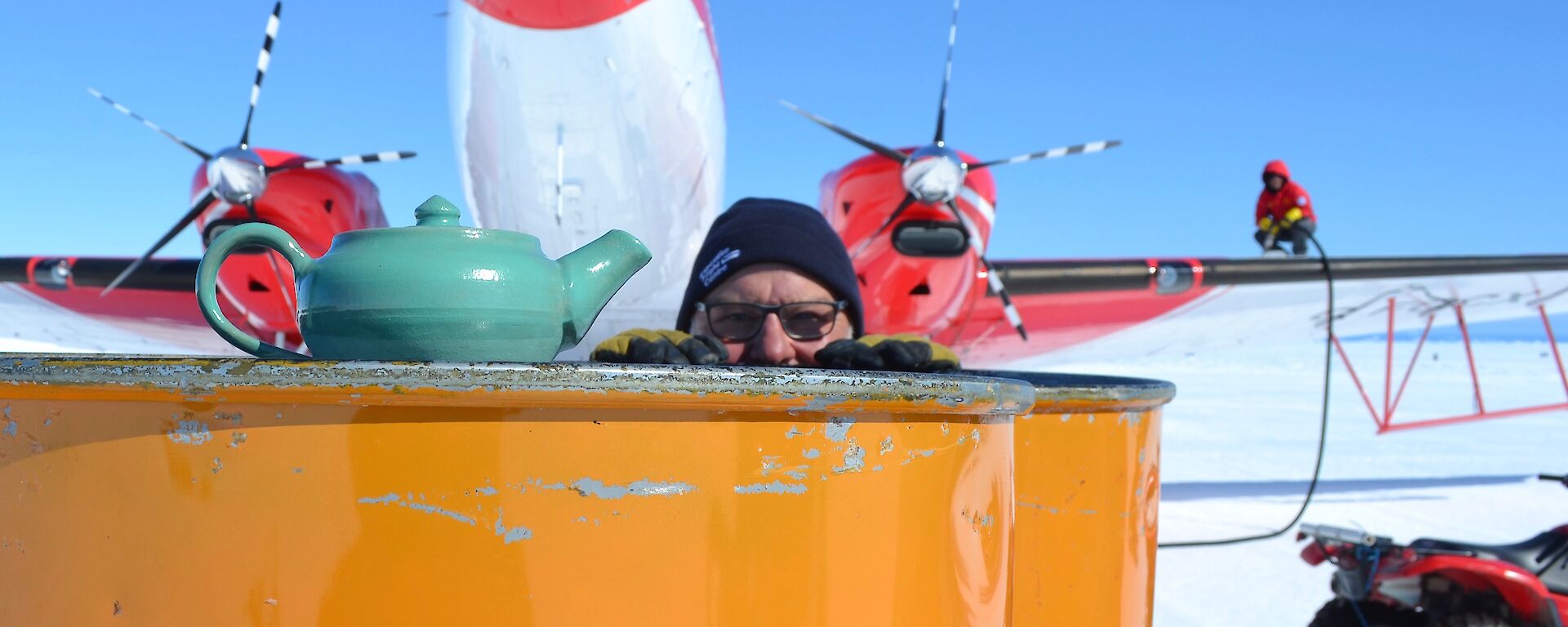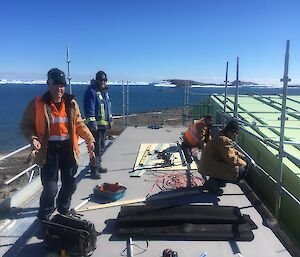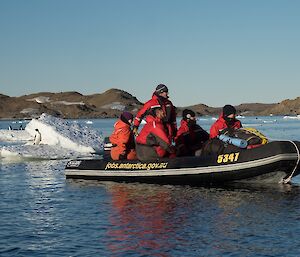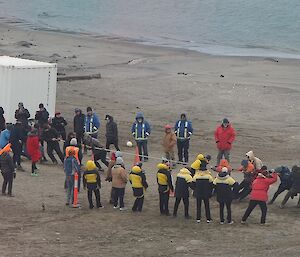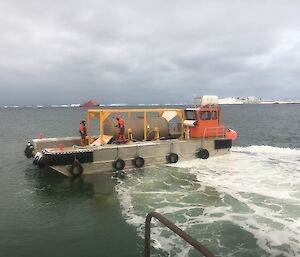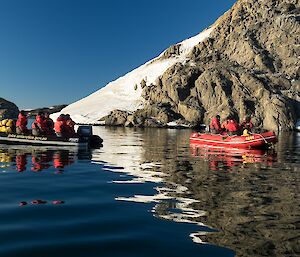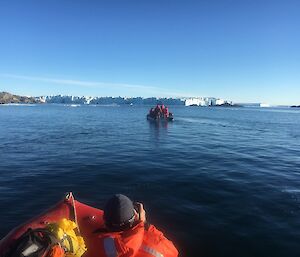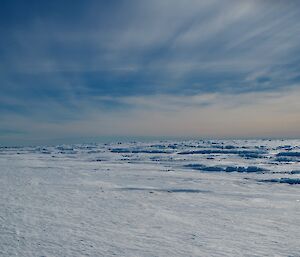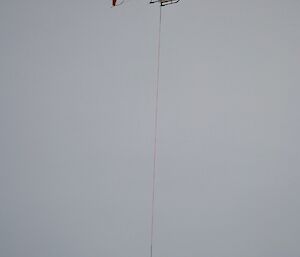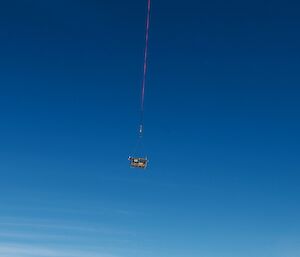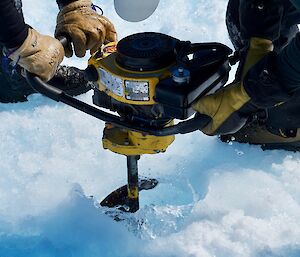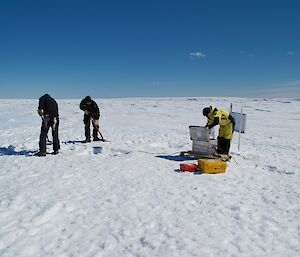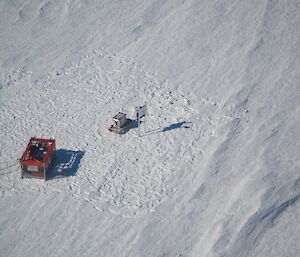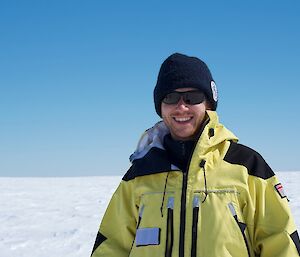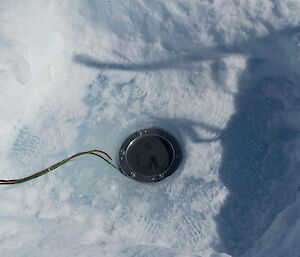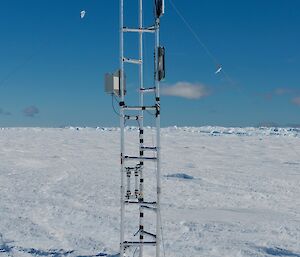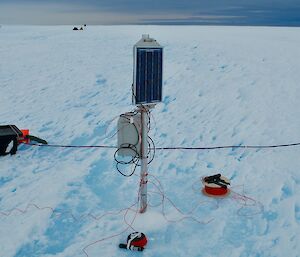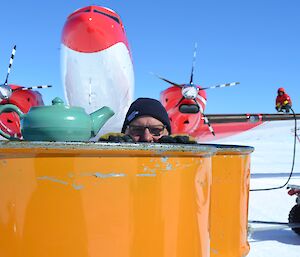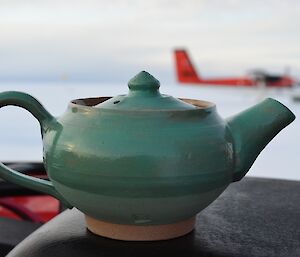It’s no secret that the world’s big ice sheets in Antarctica and Greenland are key to future sea level rise. Around the edges ice can be lost rapidly through icebergs breaking off, or through ice flowing into the ocean faster. While a lot of research has focused on the rapid changes in West Antarctica and Greenland, much less is known about the ice dynamics in East Antarctica. As a result, I received an email from Prof. Bernd Kulessa (Swansea University, UK) at the end of August last year which said…
It’s a long story that I'll all explain when you are back in Swansea, but to cut it short — would you potentially be interested and able to conduct self-potential, airborne radar and passive seismic fieldwork out of the Australian Davis station in East Antarctica from late November/early December until mid-late March?
…and so started my first trip South.
The work is part of a project, Outlet Glacier Dynamics on Princess Elizabeth Land, now in its third year. It is locally known as the Schoof Project as it is headed up by Prof. Christian Schoof (University of British Columbia), with much of the previous fieldwork done by the very talented Dr. Sue Cook (University of Tasmania). Bernd, Hannes Hollmann (University of Tasmania) and myself made up this year’s team, with a regretful early exit for Bernd, returning to Swansea University to inspire the next generation of scientists. The main aims of the project have been to make detailed observations, at an outlet glacier draining a part of the East Antarctic Ice Sheet, of ice flow response to the formation of surface meltwater, changes in sea ice conditions and rifting/calving of icebergs and melting where the ice meets the ocean. Understanding how these processes affect how fast the ice flows will help to improve projections of future sea level rise.
The focus is on the Sørsdal Glacier, it’s a small outlet glacier by Antarctic standards but when you’re stood out on the ice it still seems pretty big. In previous years it has been observed that every summer the glacier experiences melt, resulting in the formation and later drainage or freezing of a number of large ponds. In Greenland the flow of the ice sheet speeds up every summer in areas where there is enough melting at the surface to cause water to pond. The ponds often drain down through the ice until the water reaches bedrock. There, the water acts as a lubricant, causing the ice flow to speed up. We’ve been focusing on three different lake systems which always form in the same location, Horseshoe Lake, Channel Lake and Twin Lakes. Each of the lakes has a different size and shape and the drainage mechanisms seem to be variable. So far we’ve been adding to a number of existing data sets and instruments already on the glacier, to investigate the formation of the melt ponds and determine how and where the melt water drains from the ponds through the ice. This involves
- Deployment of seismometers, similar to those used to detect earthquakes, to detect the micro-tremors created by the water flow in the ice.
- Airborne ice-penetrating radar measurements using the station helicopter, to detect and map the drainage pathways in the ice.
- Deployment of self-potential electrodes allowing us to identify and measure the flow of water within the ice.
- A salt tracer experiment by which salt is dissolved in the pond waters and then tracked by water sampling and radar measurements down flow of the lake.
- Installation of meteorology sensors at one of the lakes, providing a full energy balance and near surface ice temperature profile.
An amazing number of blue sky days in early January afforded us great success out on the ice. We collected exceptional radar data, installed eight high frequency seismometers, three broadband seismometers, six self-potential electrodes and a suite of meteorological sensors at Horseshoe Lake. To add to this success, we have also been granted permission to leave three of the seismometers, the self-potential electrodes and the tower at Horseshoe Lake on the ice until next summer.
We can’t stress enough though, none of this would have happened without the awesome amount of help and support we’ve received from everyone here. From solutions to house our instruments to keeping us safe on the ice to flying us by helicopter not just to but also between our sites on the Sørsdal. Prof. Kulessa might regret his email last August though, now I’ve been spoilt, I’m never walking between field sites again!
By Sarah (Glaciologist)

